Bella Donna by Stevie Nicks
Buy Bella Donna After three albums with Fleetwood Mac, Stevie Nicks was doubtlessly the most recognizable figure in that popular and talented band. However, her actual participation as far as songwriting and lead […]

Buy Bella Donna After three albums with Fleetwood Mac, Stevie Nicks was doubtlessly the most recognizable figure in that popular and talented band. However, her actual participation as far as songwriting and lead […]
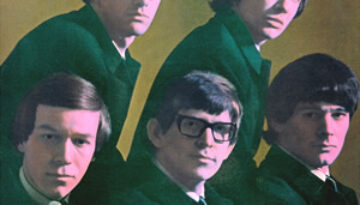
Buy Begin Here We commence our year-long celebration of the 50th anniversary of 1965 album releases with the oldest music we’ll ever cover at Classic Rock Review. The British group, The Zombies, recorded […]
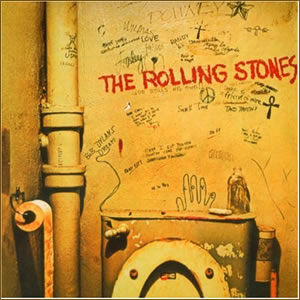
Buy Beggars Banquet Returning to their blues-based roots rock following the psychedelic pop of their 1967 album, Their Satanic Majesties Request, Rolling Stones hit their true artistic stride with Beggars Banquet. While most […]
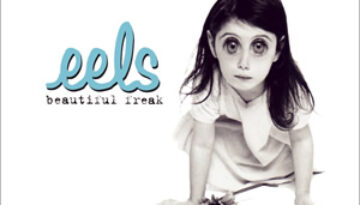
Buy Beautiful Freak Although it is officially the debut of the rock trio Eels, the 1996 album Beautiful Freak is in reality the third album by composer and performer Mark Oliver Everett, who […]

Buy Bat Out of Hell Although credited as a solo album by Meat Loaf, the blockbuster album Bat Out of Hell was actually forged through a collaboration of three people – Meat Loaf […]
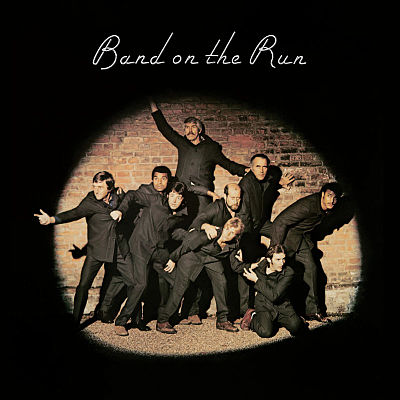
Buy Band On the Run Paul McCartney finally hitting on all cylinders in his post-Beatles career with Band on the Run. It was his fifth such album since the 1970 breakup of the […]

Buy Balance There is no doubt that the decade-long Sammy Hagar experiment had run its course by the time Van Halen had gotten to their tenth studio album (the fourth with Hagar), Balance. […]

Buy Badmotofinger Laying the sonic foundation for their most successful run as a band, Soundgarden delivered their first of a trio of critically acclaimed albums with 1991’s Badmotofinger. The third studio release by […]
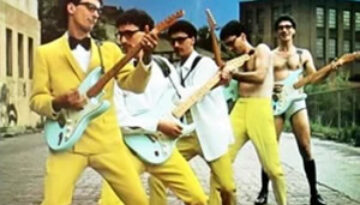
Buy Back On the Streets Released in the summer of 1980, Back on the Streets was the debut solo record by Pittsburgh based artist Donnie Iris. This came after Iris spent more than […]
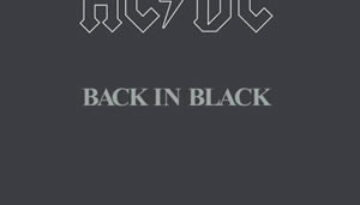
Buy Back In Black Who would have guessed that out of the ashes of tragedy would rise the rock n’ roll classic, Back In Black? Recorded just a few weeks following the untimely […]